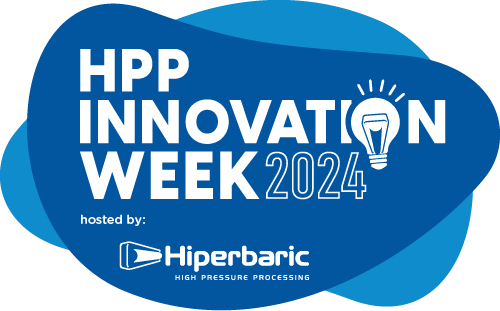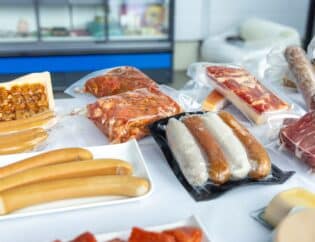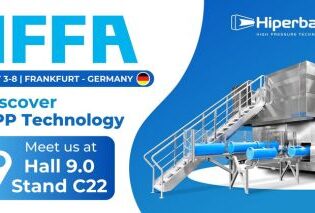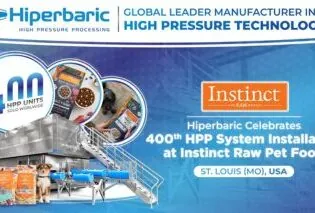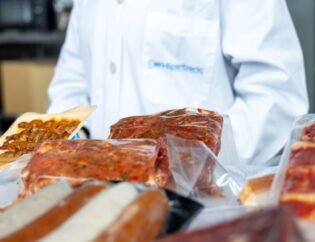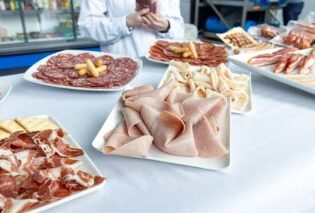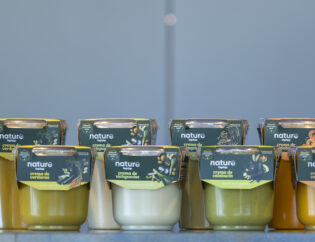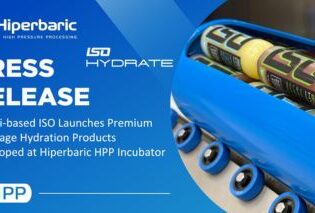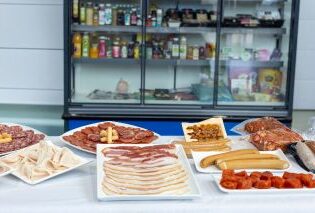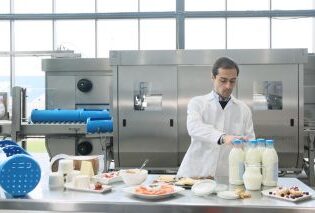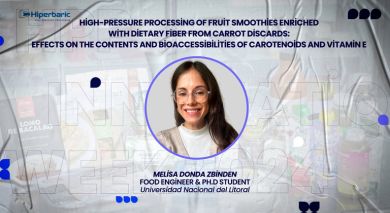
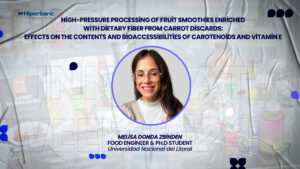
We are delighted to share the latest blog post from the HPP Research Awards 2024 finalists. This initiative is part of our HPP Innovation Week event, which aims to contribute to the dissemination of studies related to high-pressure cold technology.
Melisa Donda’s study stands out for focusing on evaluating HPP technology to preserve all the dietary and nutritional properties of healthy smoothies with high fiber content and bioactive compounds that help reduce the risk of non-transmissible diseases. Additionally, the study offers a sustainable approach by utilizing a dietary fiber powder derived from discarded carrots and opens the door to reducing pressure levels for smoothie treatment, resulting in energy savings and increased productivity.
High Pressure Processing of Fruit Smoothies Enriched with Dietary Fiber from Carrot Discards: Effects on the Contents and Bioaccessibilities of Carotenoids and Vitamin E
In this research work, it was decided to evaluate the possibility of using a milder HPP treatment (450 MPa) than the one traditionally used for the treatment of vegetable juices and smoothies (600 MPa) to potentially reduce industrial costs while ensuring the microbiological and health-promoting quality of the product. At the same time, it was evaluated the effect of the application of these two conditions of pressure for 3 min on the carotenoid and vitamin E contents of smoothies made from strawberry, orange juice, banana and apple, and the same smoothies enriched with dietary fiber from discarded carrots were compared.
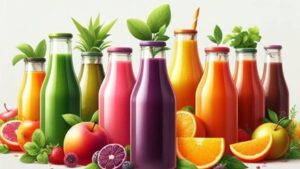
The western diet is characterized by being abundant in fats and carbohydrates with low dietary fiber (DF) content, often accompanied by sweet drinks, which contributes to the development of non-transmissible diseases such as cardiovascular diseases, cancer, respiratory diseases and diabetes, responsible for 70% of global deaths according to WHO. In contrast, dietary fibers from plant matrices, with proven anti-inflammatory and cellular anti-aging actions, usually are not present in the western diet. The smoothies, blends of fruits and/or vegetables, offer bioactive compounds (BC) with antioxidant, anticancer and anti-inflammatory effects, reducing the risk of non-transmissible diseases.
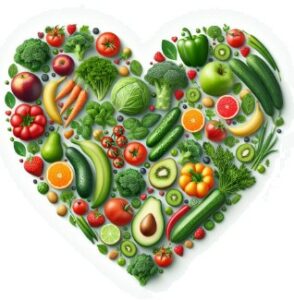
The demand for fresh, healthy and easy-to-eat foods has generated in the food industry the need to apply new preservation techniques that can extend the shelf life of the products and, at the same time, increase their nutritional and bioactive potential, while maintaining their sensory attributes. In this context, HPP represents a promising technological alternative that satisfactorily meets these requirements and is also associated with emerging technologies that show reduced environmental impacts in terms of energy demand, CO2 emissions and water consumption compared to conventional pasteurization.
Another aspect to consider is the contribution of DF provided by the consumption of a daily serving of this smoothie design. DF is related to the comestible parts of plants or carbohydrates resistant to digestion and absorption in the small intestine, with complete or partial fermentation in the large intestine. Numerous benefits are associated with its consumption, among which are the reduction of cholesterol levels and blood pressure, reducing the risk of cardiovascular diseases. In this context, the incorporation of DF obtained from food industry discards constitutes a promising alternative for the formulation of foods for daily consumption to increase their health potential. Good results have been obtained by adding DF from food industry by-products in dairy matrices so, formulating a plant-based smoothie enriched with DF is promising.
While it is important to find technologies to ensure food safety and preserve its health-promoting potential, the biological activity of a BC is not only determined by its amount inside a product but also by its bioaccessibility. The bioaccessibility of a BC is the fraction that is released from the food matrix during gastrointestinal digestion and is available for intestinal absorption.
This study aimed to determine the carotenoid (lutein, zeaxanthin, β-cryptoxanthin, α-carotene and β-carotene) and vitamin E (α-tocopherol) contents of a food matrix composed of several popular fruits like frozen strawberries (40%), fresh orange juice without pulp (40%), banana (10%) and apple without peel (10%), and how industrial processing influences the preservation of this type of product. Hence, a solvent extraction method was used to identify and quantify carotenoid compounds and vitamin E using HPLC-DAD/FLD. The bioaccessibility after processing and during refrigerated storage was also studied using an in vitro digestion assay adapted to this type of food matrix. In addition, the effects of the non-thermal pasteurization treatment (HPP) and the incorporation of an innovative food additive, a dietary fiber powder derived from discarded carrots, on the content and bioaccessibility of BCs were evaluated in fruit smoothies.
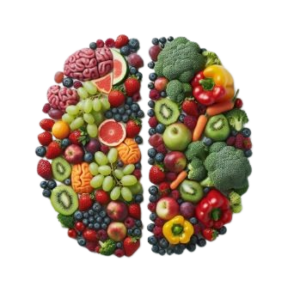
Favourably, with the results obtained from this research work it was left that HPP technology guarantees microbiological safety and quality for at least 60 days with absence of pathogens (Escherichia coli, Salmonella spp and Listeria monocytogenes) and with spoilage microorganism counts below 100 CFU/g (aerobic mesophiles, yeasts, molds and lactic acid bacteria), complying with the requirements of the European Commission and Food and Drug Administration Regulation.
This study demonstrated that both pressure processing conditions used (450 MPa/3 min and 600 MPa/3 min) can be advantageous for smoothies to retain or even increase the contents of natural BC, probably due to the improvement of their extractability. The application of HPP in smoothies increased the contents of pro-vitamin A carotenoid compounds (β-carotene, α-carotene and β-cryptoxanthin) and retained the contents of lutein, zeaxanthin and α-tocopherol when compared to untreated samples. These results imply the economic potential of using a gentler HPP treatment (450 MPa) than that used commercially (600 MPa) to reduce production costs while ensuring the health-promoting potential of the product. Although HPP application resulted in decreased bioaccessibility of carotenoids and vitamin E in BF and FF smoothies compared to untreated samples at day 0, the bioaccessibility of some compounds increased during storage.
Finally, you can read the full paper here. Another option is to enjoy Melinda’s presentation at HPP Innovation Week:

